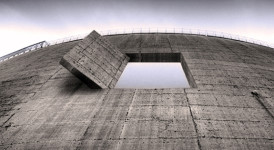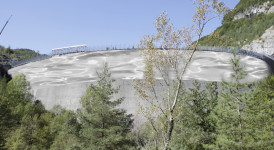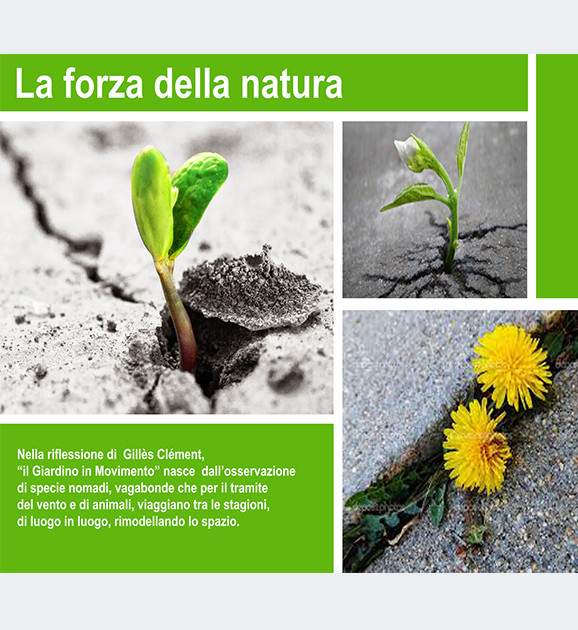
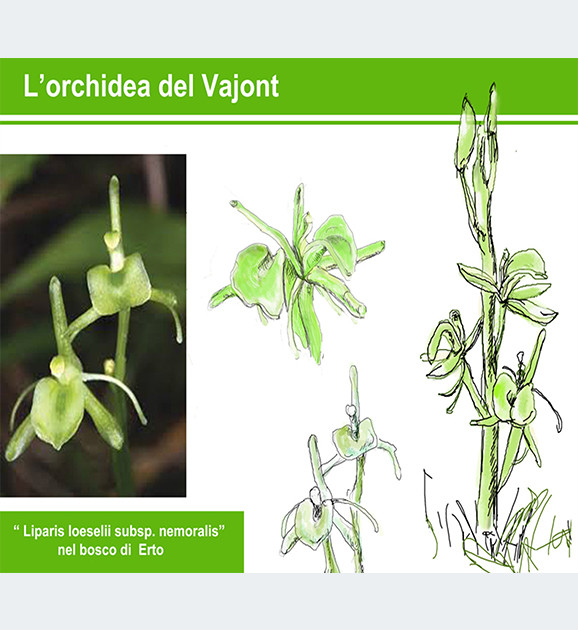
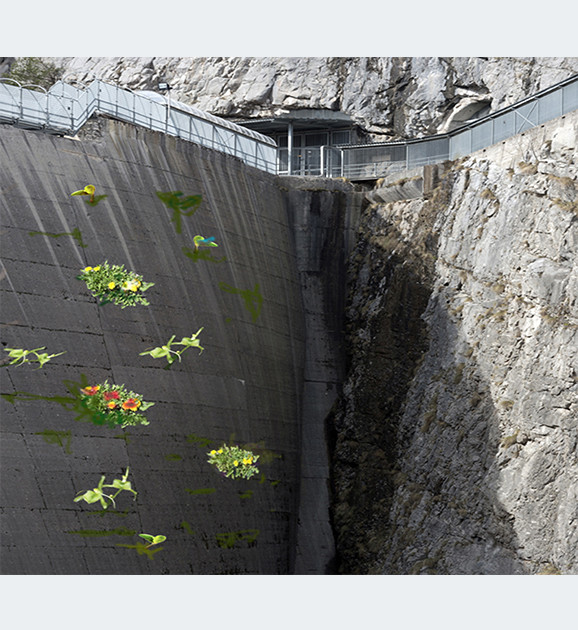
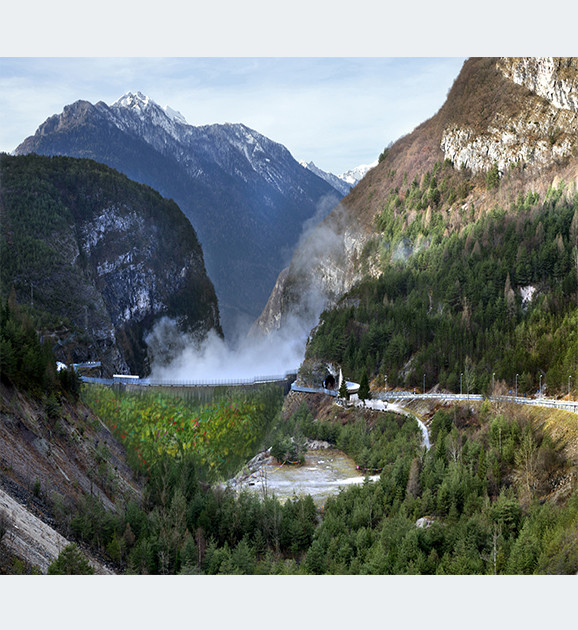
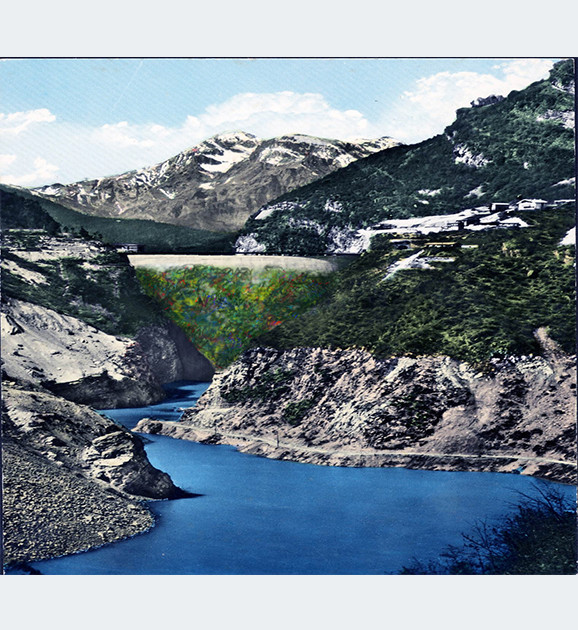
The landscape architect Gilles Clément invites you to observe the energy of the place and its inhabitants: the landscape, often conceived by man as a space to dominate and change at will, should be left free to create and regenerate naturally. In the cities, nature has learned to reimpadronirsi denied habitat, species “rogue” reproduce easily between the cracks of a wall, between the cracks in the asphalt, often holding abandoned buildings and dilapidated.
In this project we would like to transform the concrete wall of the dam, in a “Wall Plant”, which breathes, reproduces and regenerates itself. Plants and flowers, you do strength between the cracks of the cement and redesign the look of the valley: create a landscape, which colors and scents, are transformed with the changing of the seasons.
This idea is inspired by the scientific discovery, made by Italian researchers, on the wood of Erto, published in 2012 in the “Journal Europäischer Orchideen” by P. Decarli (coordinator Cartography Orchids Tridentine):
“In 1988 P. Filippin came to, a species of orchid (then not distinct) in the woods of neoplasm in loc. The Thick, including Erto and the residue of Lake Vajont. The forest has recolonized from nothing slope that on 9 October 1963 was made by counting dam disaster… Is an area very interesting from the point of view of the flora, especially for stations orchidologiche. Emotionally it is tempting to think of a kind of “compensation” or “honor” that Nature has dedicated to the victims of the disaster, some of which never recovered, you be supposed they were buried right there .. “
This new type of orchid, named Liparis loeselii subsp. nemoralis, is a very rare species and according Decarli, this is a huge scientific discovery, which mixes with the story, and becomes representative of the capacity of nature to regenerate.
–
L’architetto-paesaggista Gillès Clément invita a osservare le energie dei luoghi e dei suoi abitanti : il paesaggio, spesso concepito dall’uomo come uno spazio da dominare e modificare a proprio piacimento, dovrebbe essere lasciato libero di crearsi e rigenerarsi naturalmente. Nelle città, la natura ha imparato a reimpadronirsi dell’habitat negato, specie “vagabonde” si riproducono facilmente tra le fessure di un muro, tra le crepe dell’asfalto, ricoprendo spesso edifici abbandonati e fatiscenti.
In questo progetto vorremmo trasformare il muro di cemento della diga, in una “Parete Vegetale”, che respira, si riproduce e si rigenera autonomamente. Piante e fiori, si fanno forza tra le crepe del cemento e ridisegnano l’aspetto della valle : creano un paesaggio, i cui colori e profumi, si trasformano con il cambiare delle stagioni.
Quest’idea si ispira alla scoperta scientifica, fatta da alcuni ricercatori italiani, in merito al bosco di Erto, pubblicata nel 2012 nel “Journal Europäischer Orchideen” da P. Decarli (coordinatore Cartografia Orchidee Tridentine) :
“Nel 1988 P. Filippin rinvenne, una specie di orchidea (allora non distinta) nei boschi di neoformazione in loc. Le Spesse, tra Erto e il residuo del Lago del Vajont. Il bosco ha ricolonizzato dal nulla il pendio che il 9 ottobre 1963 fu reso spoglio dal disastro della diga… è una zona interessantissima dal punto di vista della flora, soprattutto per le stazioni orchidologiche. Sul piano emotivo si sarebbe tentati di pensare a una sorta di “risarcimento” o di “onoranza” che la Natura ha voluto dedicare alle vittime della sciagura, alcune delle quali, mai ritrovate, è supponibile siano rimaste sepolte proprio lì..”
Questo nuovo tipo di orchidea, chiamata Liparis loeselii subsp. nemoralis, è una specie rarissima e secondo Decarli, si tratta di un’enorme scoperta scientifica, che si mescola con la storia, e diventa rappresentativa della capacità della Natura di rigenerarsi.
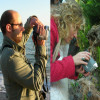
 prato
prato
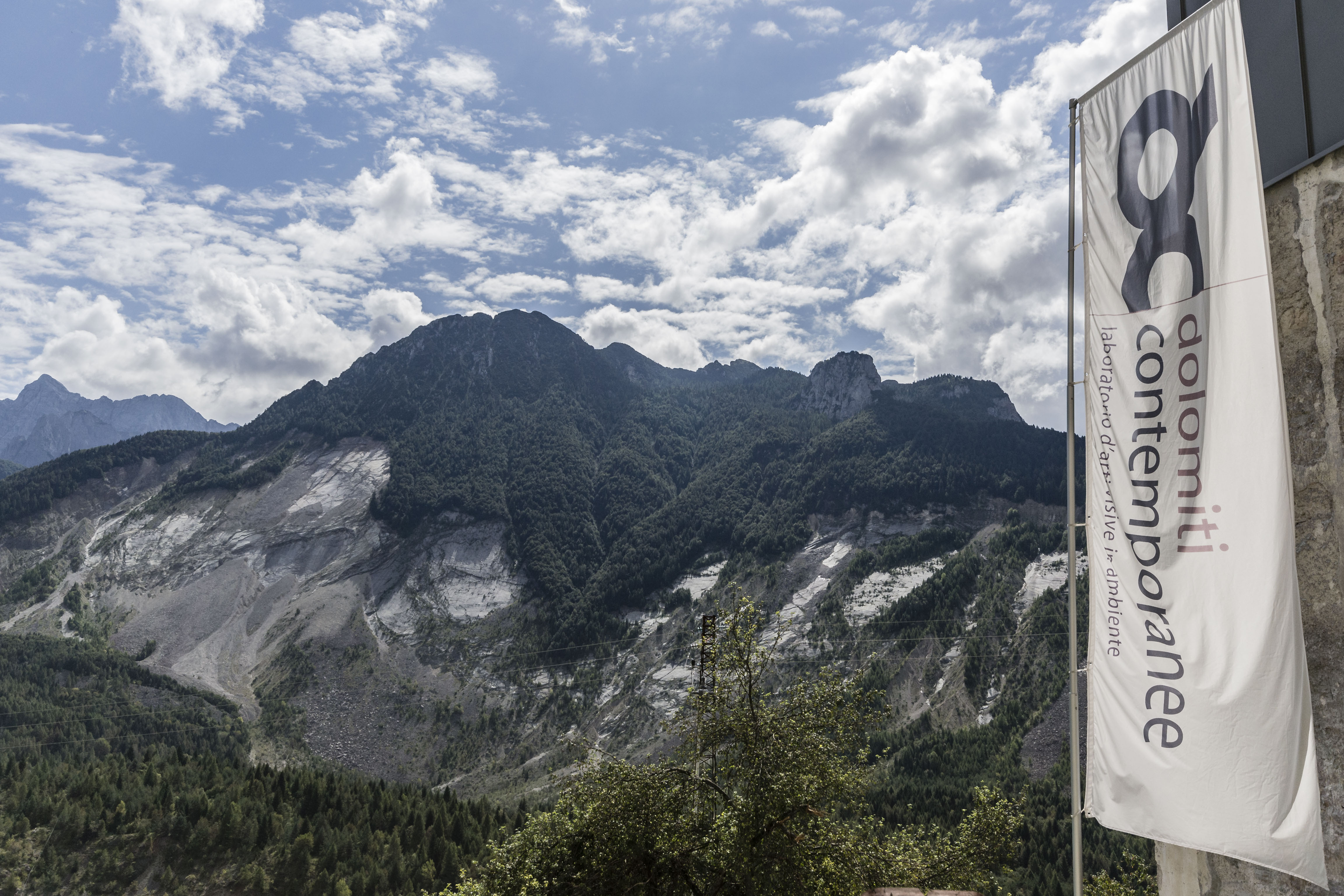
Tuesday, June 15th 2021, 2 – 4 PM, webinar panel:
two calls for vajont: fase _restart.
Vajont: [...]






